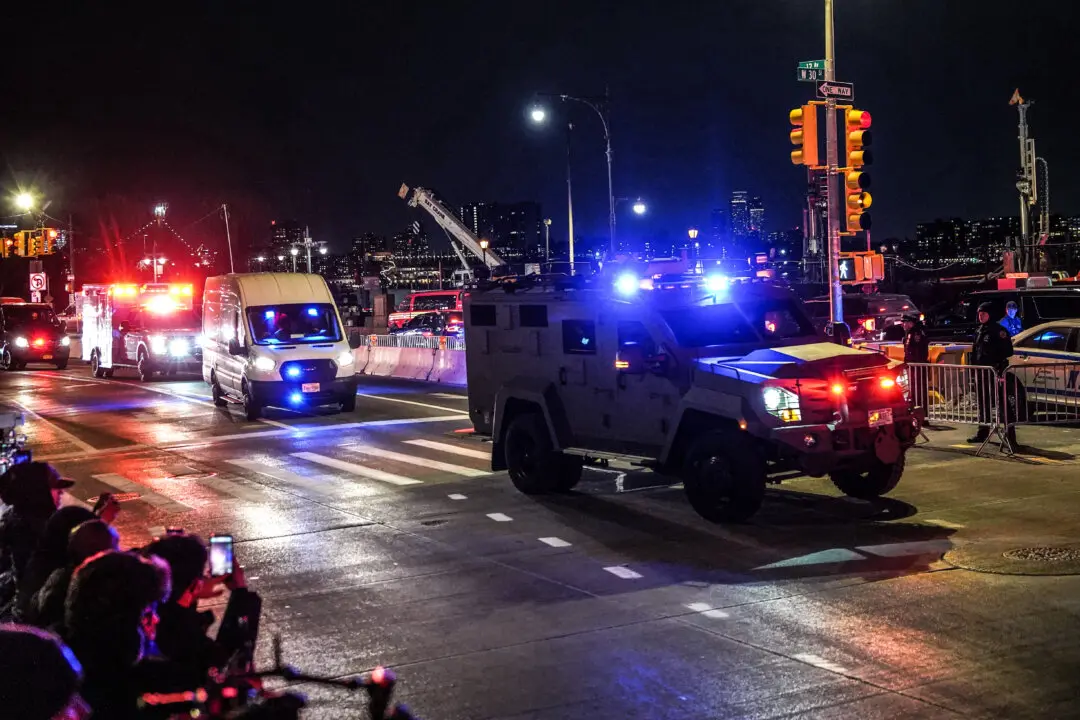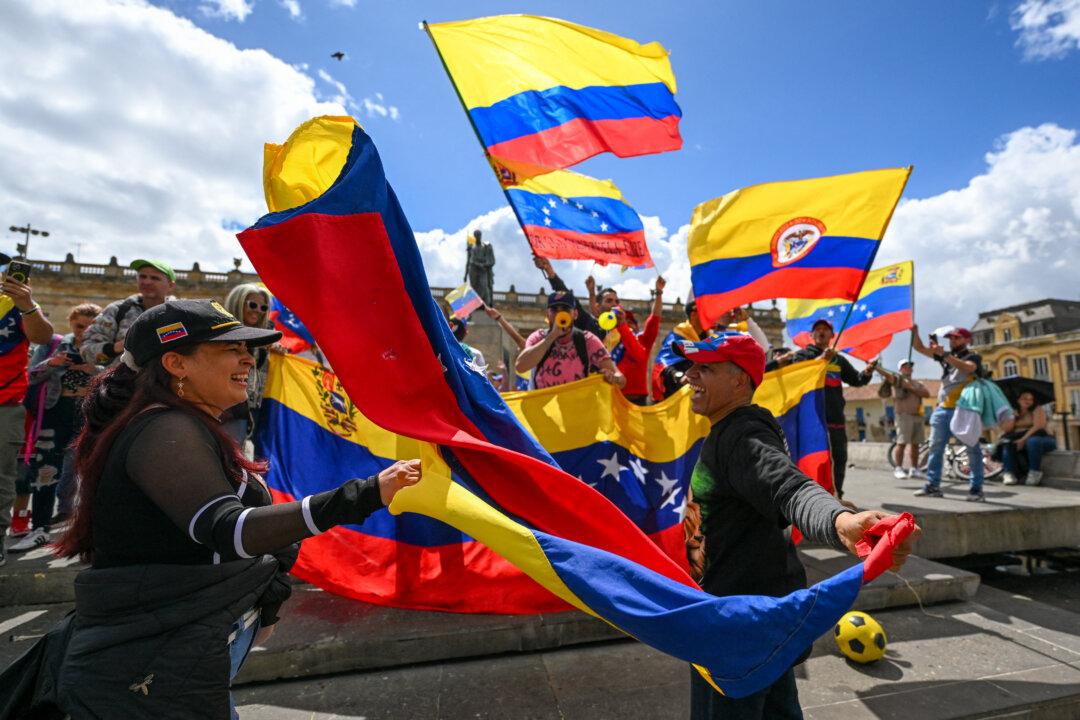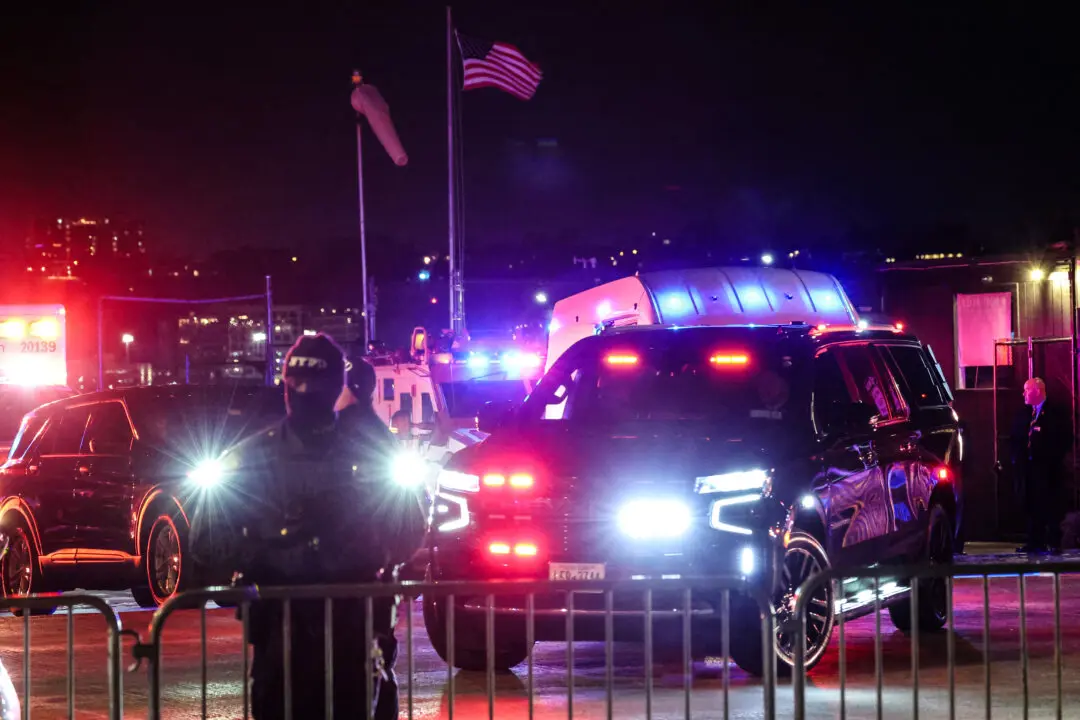Tuesday, April 10, 2012
THEN
April 10, 1998, after over 30 years of deadly bloodshed, the major political parties from Northern Ireland and the governments of the United Kingdom and the Republic of Ireland sign the peace agreement know as the Belfast Agreement, also known as the Good Friday Agreement. The agreement is signed four years after the 1994 ceasefire in Northern Ireland. For decades preceding the ceasefire, a war between the Protestants—the majority group in Northern Ireland—and Irish Catholics—the minority group in Northern Ireland—raged, killing thousands of people. After a long process of negotiations, the Good Friday Agreement establishes an end to major sectarian violence, the decommissioning of weapons, and the release of prisoners affiliated with groups like the Irish Republican Army and the Ulster Volunteer Force.
NOW
Last week, in a ceremony remembering the victims of the deadly conflict in Northern Ireland, the names of 3,700 people killed as a result of the violence were read aloud at the Unitarian Church in Dublin, Ireland. The ceremony also marked the 14th anniversary of the Good Friday peace agreement. The reading of the list of all 3,700 victims took about three hours, at a rate of 20 names per minute. Organizers of the annual ceremony say the name reading highlights the fact that the victims of the conflict were a variety of ages and came from various walks of life.




